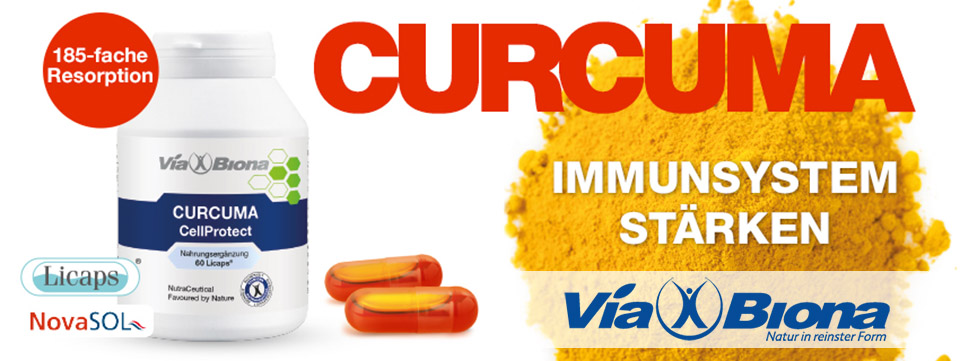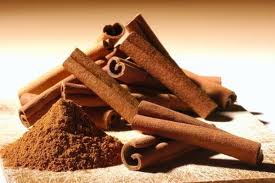Beschreibung
Zimt (cinnamomum) wird seit der Antike in Ägypten, China, Indien und Griechenland als Naturarznei- und Gewürzmittel eingesetzt. Zimt wird aus der getrockneten Rinde von Zimtbäumen gewonnen und weist mehrer interessante Eigenschaften aus. Zimtöl und -rinde besitzen eine starke antimikrobielle Aktivität, was auf dem Gehalt an Zimtaldehyd beruht. Ätherische Öle wirken relaxierend. Medizinisch am interessantesten sind mittlerweile die senkenden Effekte auf Blutzucker- und Blutfettspiegel, was Zimt für Diabetiker besonders wertvoll macht.
Anwendungsbereiche und Wirkungen
Anwendungsbereiche
• Blutzuckerkontrolle (antidiabetische Wirkung)
• Senkung der Blutfettwerte
• antibakterielle und fungizide Wirkung
• relaxierende, krampflösende Wirkung
• Unterstützung bei Appetitlosigkeit, Verdauungsbeschwerden, Völlegefühl
Blutzuckerkontrolle (antidiabetische Wirkung)
Die Senkung des Nüchtern-Blutzuckers durch Zimt wurde in evidenzbasierten Humanstudien mehrfach nachgewiesen. Die verantwortliche „insulinmimetische“ Substanz, als MHCP (Methylhydroxy-Chalcone-Polymer) identifiziert, wirkt direkt an den Insulinrezeptoren der Zellen. Hierdurch wird die Insulinwirkung und die Aufnahme von Glucose (Blutzucker) in die Körperzellen signifikant verbessert. Gleichzeitig wirkt sich Insulin auf den Fettstoffwechsel aus.
Senkung der Blutfettwerte
In klinischen Studien konnte eine Senkung der Triglycerid- und LDL-Cholesterin-Werte beobachtet werden. Die starke antioxidative Wirkung des Pflanzenstoffes MHCP wirkt zugleich der Lipidoxidation entgegen und senkt damit das Risiko für die Entstehung von Herz-Kreislauf-Erkrankungen.
Wirkstoffe
Der sekundäre Pflanzenstoff MHCP (Methylhydroxy-Chalcone-Polymer) ist für die Verbesserung der Insulinempfindlichkeit der Körperzellen und der Aufnahme der Blutglucose in die Zellen verantwortlich. Weitere Inhaltsstoffe sind Gerbstoffe (Proanthocyanidine), Phenolcarbonsäuren, bis zu 4 Prozent ätherische Öle mit den Hauptkomponenten p-Cymol, Linalool und o-Methoxizimtaldehyd, außerdem Methylhydroxy-Chalcone-Polymer, Ascorbinsäure, Salicylat, Borneol, Kampfer, Eugenol, Limonen, Sesquiterpene und Zink.
Zufuhrempfehlung und Einnahmehinweise
Einnahmehinweis
Zur Zimt-Ergänzung wird hochwertiger Zimt als standardisierter Zimtextrakt oder Zimtöl empfohlen.
Gegenanzeigen
Bei behandlungsbedürftigen Erkrankungen, der Einnahme von Medikamenten und in der Schwangerschaft und Stillzeit ist mit dem behandelnden Arzt Rücksprache zu halten.
Literaturquellen:
1. Allen C & Blozis G: Oral mucosal reactions to cinnamon-flavored chewing gum. J Am Dent Assoc 1998; 116(6):664-667.
2. American Diabetes Association: Standards of medical care in diabetes 2006. Diabetes Care 29 (2006) S4-42.
3. Anderson, R. A. et al.: Isolation and characterization of polyphenol type-A polymers from cinnamon with insulin-like biological activity. J. Agric. 52 (2004) 65-70.
4. Anderson LA & Phillipson JD (eds): Herbal Medicines: A Guide for Health-Care Professionals. The Pharmaceutical Press, London, England; 1996.
5. Bailey, C. J., Day, C.: Traditional plant medicines as treatments for diabetes. Diabetes Care 12 (1989) 553-564.
6. Berrio, L. F., Polansky, M. M., Anderson, R. A.: Insulin activity: stimulatory effects of cinnamon and brewer‹s yeast as influenced by albumin. 37 (1992) 225-229.
7. Broadhurst, C. L., Polansky, M. M., Anderson, R. A.: Insulin-like biological activity of culinary and medicinal plant aqueous extracts in vitro. J Agric. Food Chem 48 (2000) 849-852.
8. Brinker F: Herb Contraindications and Drug Interactions, 2nd ed. Eclectic Medical publications, Sandy, OR; 1998.
9. Hoult, J. R., Paya, M.: Pharmacological and biochemical actions of simple coumarins: natural products with therapeutic potential. Gen Pharmacol 27 (1996) 713-722.
10. Imparl-Radosevich, J. et al.: Regulation of PTP-1 and insulin receptor kinase by fractions from cinnamon: implications for cinnamon regulation of insulin signalling. Horm Res 1998;50:177-182.
11. Jarvill-Taylor, K. J, Anderson, R. A, Graves, D. J.: A hydroxychalcone derived from cinnamon functions as a mimetic for insulin in 3T3-L1 adipocytes. J Am Coll Nutr 20 (2001) 327-336.
12. Khan, A., et al.: Insulin potentiating factor and chromium content of selected foods and spices. Biol Trace Elem Res 24 (1990) 183-188.
13. Khan A, Khattak KN, Safdar M et al: Cinnamon improves glucose and lipids of people with type 2 diabetes. Diabetes Care 2003; 26(12):3215-3218 .
14. McGuffin M, Hobbs C, Upton R et al (eds): American Herbal Products Association’s Botanical Safety Handbook. CRC Press, Boca Raton, FL; 1997.
15. Qin, B. et al.: Cinnamon extract prevents the insulin resistance induced by a high-fructose diet. Horm Metab Res 36 (2004) 119-125.
16. Verspohl, E. J., Bauer, K., Neddermann, E.: Antidiabetic effect of Cinnamomum cassia and Cinnamomum zeylanicum in vivo and in vitro. Phytother Res 19 (2005) 203-206.
Weiterführende Quellen:
Zimt-Artikel auf Vitaminwiki.net

